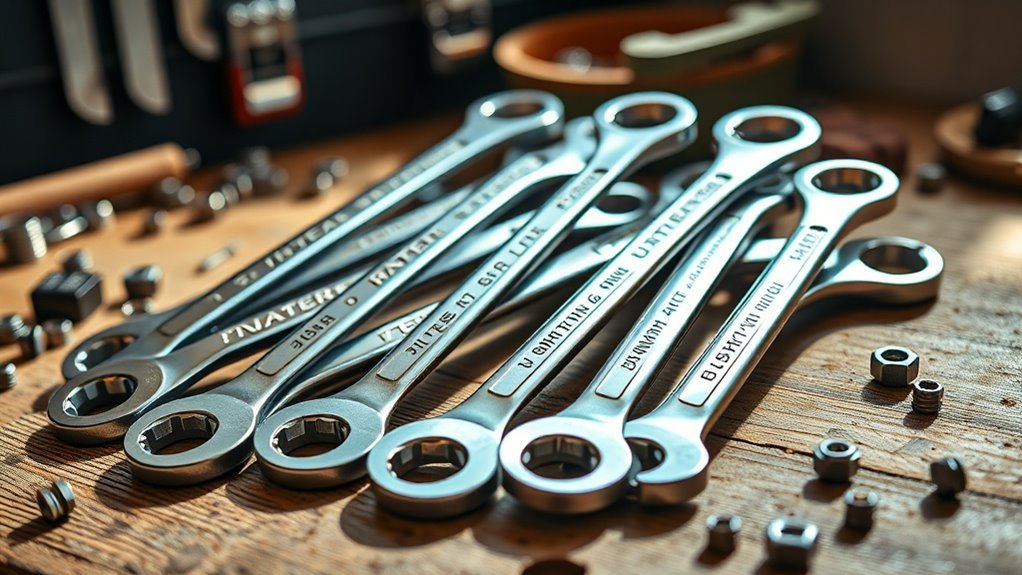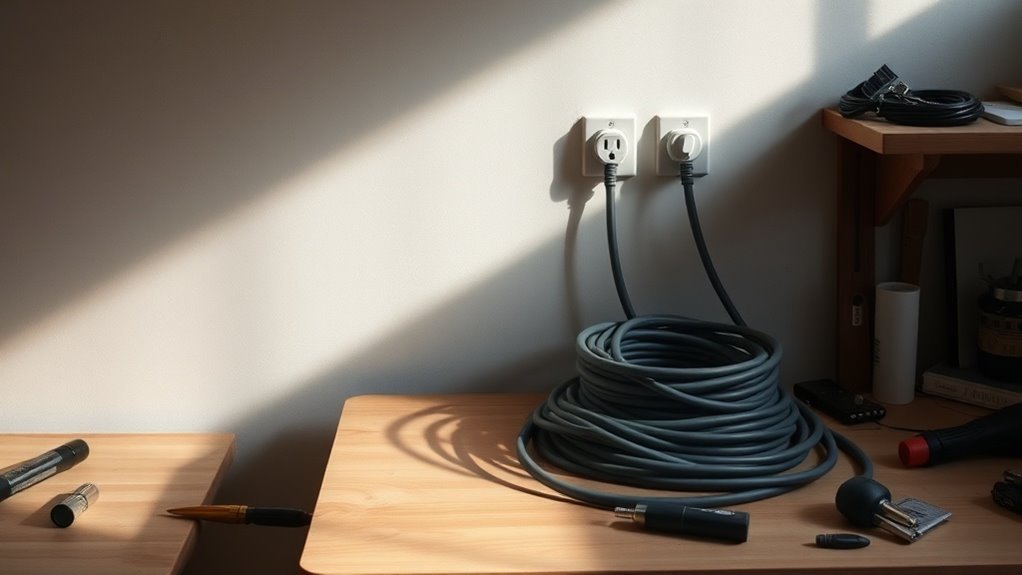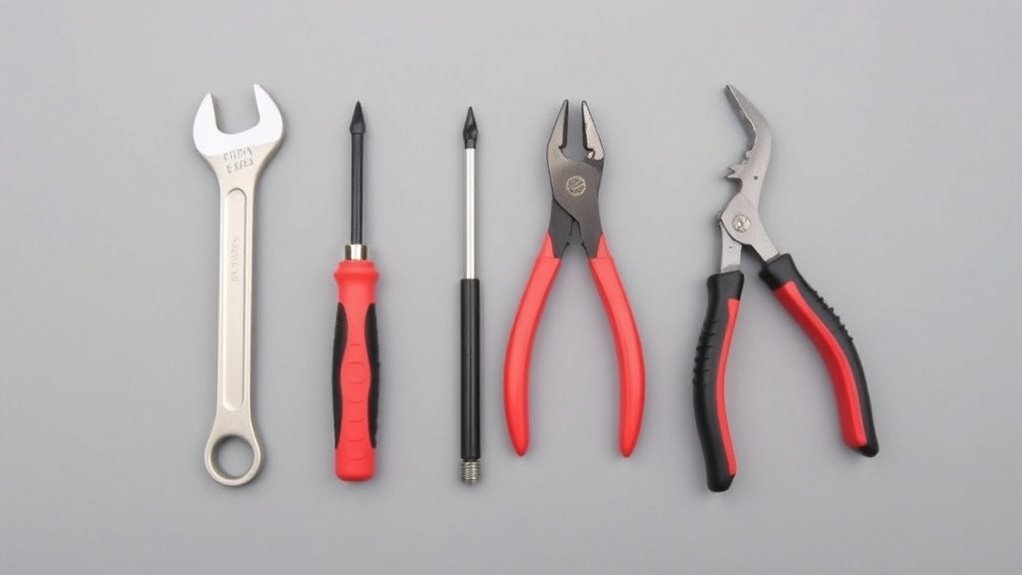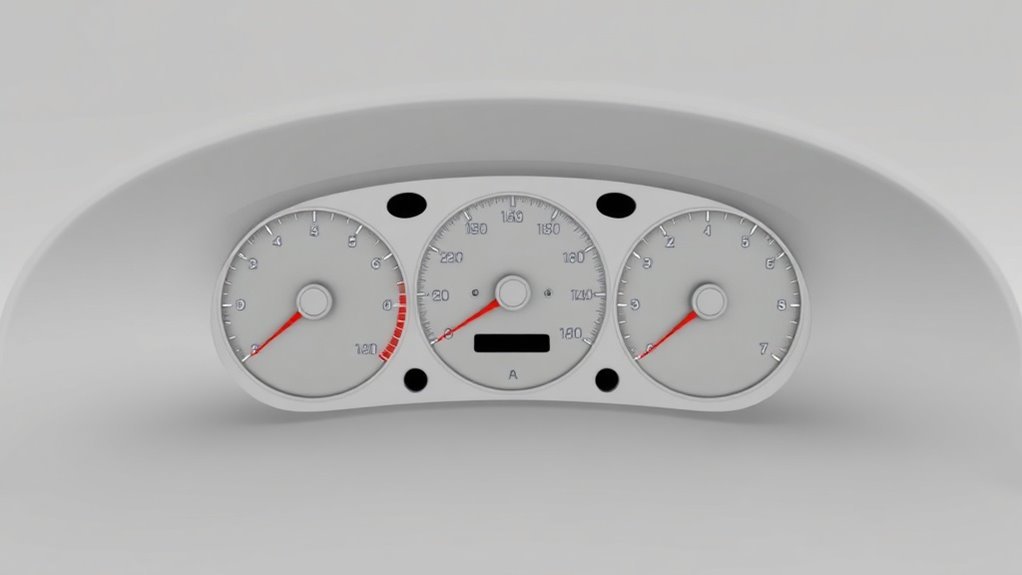How Laser Measuring Tools Calculate Distance
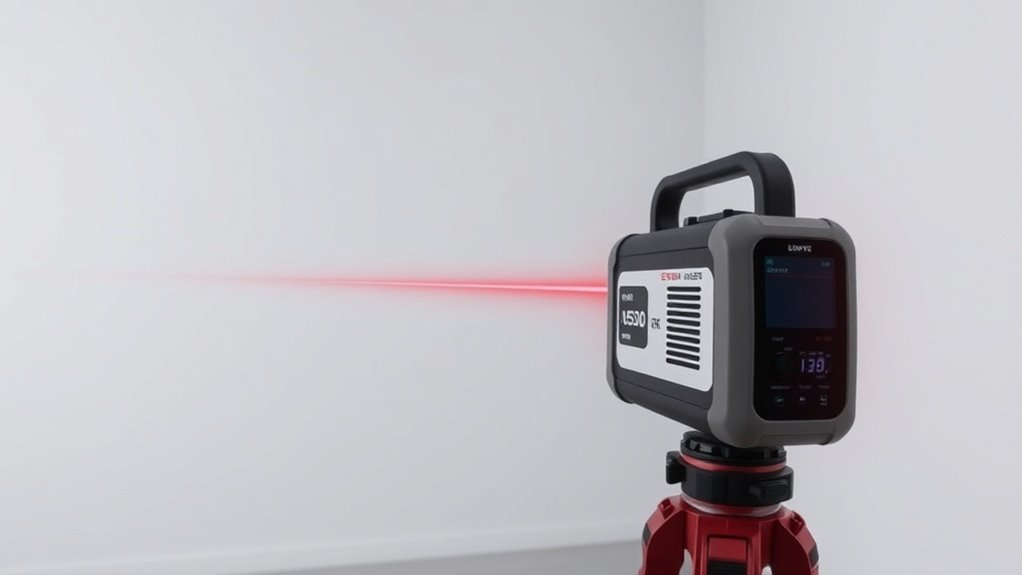
Laser measuring tools calculate distance by emitting a laser beam towards a target and measuring how long it takes for the beam to bounce back. By using the known speed of light, it determines the distance based on the time taken for the reflection. This method gives you precise measurements quickly and minimizes errors. For more insights on how these tools work and their various advantages, there’s more to explore on this topic.
Key Takeaways
- Laser measuring tools emit a laser beam towards a target and measure the time it takes for the reflection to return.
- The distance is calculated using the formula: Distance = (Speed of Light × Time of Flight) / 2.
- These tools rely on the constant speed of light to ensure accurate distance readings.
- Measurements can be displayed in either feet or meters, based on user preference.
- Advanced models may also compute area and volume based on linear measurements taken.
The Basics of Laser Measurement Technology
When you think about measuring distances, laser technology often comes to mind for its accuracy and efficiency. This method utilizes laser beams that travel at the speed of light, ensuring precise measurements even over long distances. Unlike traditional tape measures, laser measuring tools can quickly and easily provide you with exact figures without the need for manual calculation. They’re especially handy in tight spaces or where conventional methods fall short. In various industries, such as construction and interior design, their compact design allows for portability and ease of use. Additionally, laser distance measuring tools have revolutionized how professionals assess spatial dimensions, leading to greater efficiency in project planning and execution.
How Laser Distance Meters Work
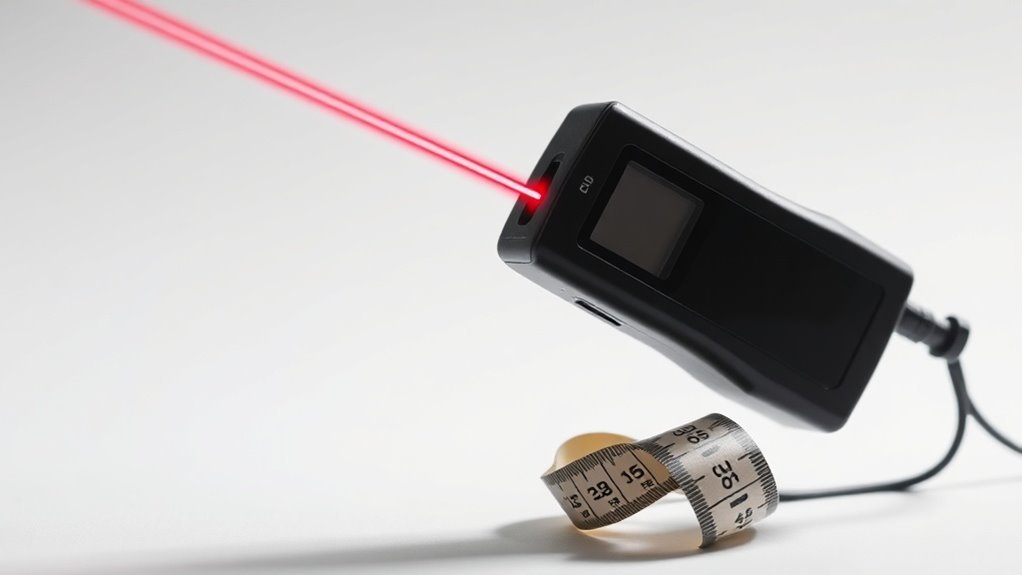
Laser distance meters operate by emitting a laser beam towards a target and measuring the time it takes for the reflection to return. When you press the trigger, the device sends out a pulse of light. This pulse travels to the object, reflects back, and the meter calculates the distance based on the time elapsed.
The speed of light is constant, so the device can make incredibly accurate distance readings. Most meters also display measurements in feet or meters, depending on your preference. Additionally, using a laser level can help ensure that your measurements are perfectly aligned and enhance the precision of your projects.
You might find additional features like area, volume calculations, and memory storage for previous measurements. This technology makes your measuring tasks quicker and more efficient, whether you’re in construction, engineering, or just measuring for home improvement.
Advantages of Using Laser Measuring Tools
Using laser measuring tools offers a range of benefits that enhance both accuracy and efficiency in your measuring tasks.
First off, these tools provide precise measurements compared to traditional methods, reducing the chances of human error. You’ll find they can measure longer distances without the need for cumbersome measuring tapes, making them especially useful in large spaces.
Plus, many laser measuring devices feature digital displays, allowing you to read measurements quickly and clearly. They’re also lightweight and portable, so you can easily carry them around on job sites.
Another advantage is their ability to calculate areas and volumes, saving you time and effort. Additionally, integrating proper measuring techniques with laser tools further minimizes errors and improves overall craftsmanship.
Applications in Various Industries
As industries continue to evolve, the applications of laser measuring tools have expanded noticeably, proving invaluable across various sectors.
You’ll find these tools streamlining processes in construction, where accurate measurements are critical for safety and quality. In manufacturing, they help guarantee precision in production lines. In surveying, they simplify the task of mapping and land assessment.
Even in the interior design field, laser measurements facilitate perfect space planning. Here are a few key applications you should consider:
Laser measurements play a crucial role in interior design, ensuring flawless space planning and optimization.
- Construction: Accurate site measurements
- Manufacturing: Quality control and productivity
- Surveying: Fast land measurements
- Architecture: Precise design layouts
- Interior Design: Effective space optimization
These varied uses highlight just how essential laser measuring tools have become!
Tips for Effective Use of Laser Measuring Tools
When you’re ready to make the most of your laser measuring tools, keeping a few essential tips in mind can really enhance accuracy and efficiency.
First, always verify the tool’s lens is clean, as dirt can distort measurements. Use a stable surface or tripod to avoid hand movement errors.
It’s a good idea to take multiple readings and average them for greater precision. When measuring long distances, confirm the laser has a clear line of sight free from obstructions.
Familiarize yourself with the tool’s settings, like measuring from the front or back, to get the results you need.
Finally, always double-check your measurements in critical applications to guarantee reliability, as even small errors can lead to significant issues down the line.
Questions
Can Laser Measuring Tools Measure Angles as Well as Distances?
Yes, some laser measuring tools can measure angles along with distances. They often come with additional features or attachments that allow you to calculate angles, providing a thorough solution for various measurement needs you might have.
How Do Weather Conditions Affect Laser Measurement Accuracy?
Did you know that 10% of laser measurements can be inaccurate in poor weather? Rain, fog, and sunlight can scatter light beams, affecting your measurements. So, always check conditions before relying on your laser tool’s readout.
Are There Specific Safety Precautions for Using Laser Tools?
Yes, there’re specific safety precautions for using laser tools. Always wear protective eyewear, avoid direct eye exposure, and guarantee your workspace is clear. Also, never aim the laser at others or reflective surfaces.
What Is the Maximum Distance a Laser Measuring Tool Can Measure?
Laser measuring tools typically measure distances up to 300 feet, though some advanced models can reach 1,500 feet. When you’re selecting, consider features like precision and performance for your specific project’s needs.
How Do I Maintain and Care for Laser Measuring Tools?
To maintain your laser measuring tools, keep them clean, store them in a protective case, avoid extreme temperatures, regularly check batteries, and follow the manufacturer’s guidelines for calibration or updates to guarantee accurate measurements.
Conclusion
To sum up, laser measuring tools can greatly enhance your accuracy and efficiency in distance measurement. Did you know that these devices can measure distances up to 600 feet with an accuracy of within 1/16 of an inch? That’s impressive when compared to traditional methods! By leveraging this advanced technology, you can save time and improve precision in your projects, whether you’re in construction, interior design, or any other field. So, make laser measuring tools a part of your toolkit!


